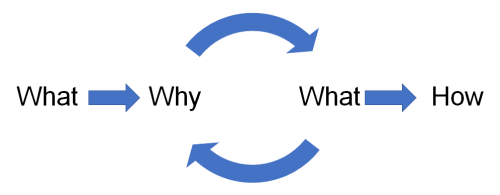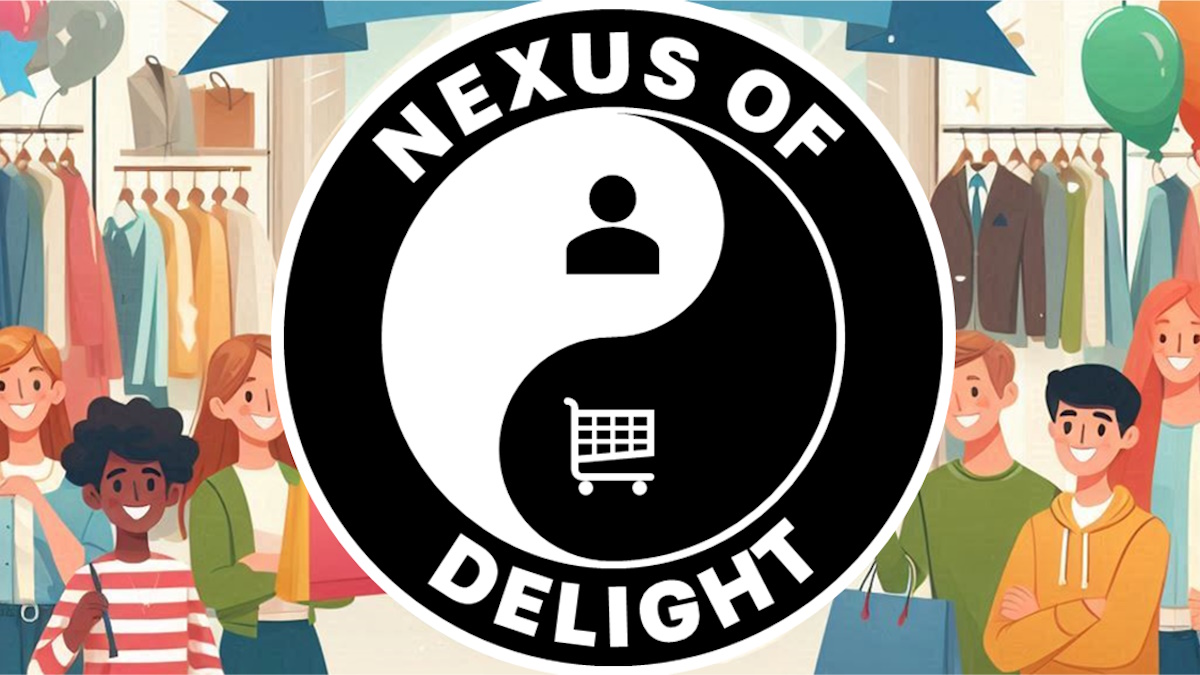Gamification has been a huge focus of my life, but the last few years have seen me change my career quite dramatically. I find myself in a role that no longer revolves around using game mechanics and the like. Instead, I am focused on improving online retail experiences through testing, optimisation, personalisation, merchandising and so on.
Whilst gamification may seem a million miles away from this, there is actually very little difference. They are both focused on behavioural change – they just use different mechanics.
In gamification and retail optimisation, we are looking to change the behaviour of the user. We may choose an example such as increasing the frequency of how often you exercise using game mechanics in gamification, whereas in retail we may be more interested in reducing the bounce rate on home pages with personalised product recommendations. However, the core is the same. By understanding how people act, we can design interventions to promote or discourage certain behaviours.
The Nexus of Delight
So, what is the Nexus of Delight? Well, to understand this, we need to consider two opposing factions in the battle of behaviour. The user/customer and the provider/retailer.
In a retail environment the customer and the retailer have two very different needs. The retailer wants to make money, the customer wants to buy what they need without overspending. This is very simplistic, but often what it boils down to.
Of course, you can’t have both – you can’t sell everything too cheap, and you can’t expect to squeeze every penny out of a customer and have sustainable customer loyalty!
Both needs must meet somewhere in the middle – the Nexus of Delight (said with a deep booming voice with lots of echo).
Here the customer feels they are getting value (not necessarily just financial value – which we will get to) and the retailer gets a a happy customer, who solved their problem and generated revenue – wini win!
Think of the following example. A customer comes to a retail website looking for a jumper. They use the search and within seconds they are on a product detail page for a jumper they think might suit them. As they scroll down the page, they see a block of recommendations that shows similar products bought by other customers who viewed that product and then went on to buy something else. Here they see their perfect jumper. They click through and there it is – the jumper they always dreamed of. As they go to the add to basket button, they see a message “Free delivery if you spend £5 more”. Under the add to cart they see more recommendations – all of them for products that fit with the jumper and most of them around the £5 mark. They find a hat that there that they think would go perfectly and add it to their basket.
They are delighted because they found exactly what they wanted, they had a pleasant journey through the website and even found a hat they liked. All this, within budget, with free delivery and at no point did they feel taken advantage of or tricked. Remember, value is not just financial – it is the quality overall experience.
The retailer is also delighted, they made a sale with an uplift – whilst giving the customer a good experience, which with luck will lead to repeat visits.
The Nexus of Delight – they both got what they wanted and neither party felt anything negative towards the other! More importantly – the customer felt that the whole expereince was personalised based on their wants and needs – they were the center of the experience.

Retail Optimisation Mechanics
I wanted to just highlight something here as well, that goes back to me talking earlier about the use of mechanics. In games and gamification, mechanics are sets of rules that have specific outcomes in the game. For example, in Super Mario, one of the mechanics is the ability to jump. The height of his jumps is very carefully worked out to allow him to do all the things he needs in the game, without overbalancing the need for skill. If the jump is too high – the game is too easy, if it is too low – the game is impossible.
In the example above I reference 3 things I would consider to be Retail Optimisation Mechanics. The first is the search. A good search is essential for improving the customer experience if they are not 100% sure of what they want when they get to your site.
Secondly, the messaging that talks about free delivery thresholds. From a retail perspective, free delivery only makes sense if a customer spends over a certain amount of money. However, the customer needs to be aware of what that threshold is at just the right moment. If you go too early “spend £100 to get free delivery” they will not be interested. Go too late “Spend 50p to get free delivery” they may then struggle to find something they want that tops them up.
Finally, recommendations. I talk about two. The first is based on items like the product they are looking at. If I am looking for a jumper, there is no point saying, “You might like these T-shirts”. First, I am not in “T-shirt mode”, secondly, I am likely to think you are just trying to offload overstock on me. So contextual relevance is essential for the products being shown.
The other recommendation ties into the free delivery – items that not only match the product I am looking at, but also fit the budget needed to get the free delivery. This could easily also be a more “Complete the Look” style recommendation where you could then show me those T-shirts but under the context of “This T-shirt will complement the jumper you like”.
So What?
I suppose you are wondering so what? If not that, then may be “great, now how do I do that”.
Well, if you asked the first question, go read the blog again. If you asked the second – that is a blog for another day – but it involves data-driven decisions, testing, optimisation, and more testing.
If you get nothing else from this, take this away with you. Everything you want to do that may potentially drive a behavioural change – be it retail or otherwise – ask this question;
“What’s in it for them?”
Because that is the first question your customer is going to ask!
Similar Posts:
- The 4 Pillars of Change in Gamification, Optimisation and Behaviour Change
- If you want good review scores, make good products.
- Should I Start Defining the Game Elements Now?


Also published on Medium.

